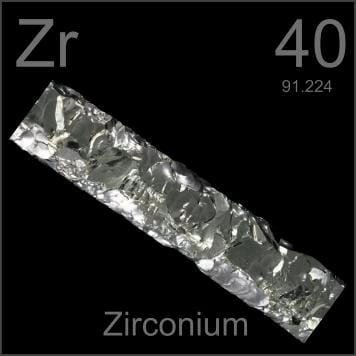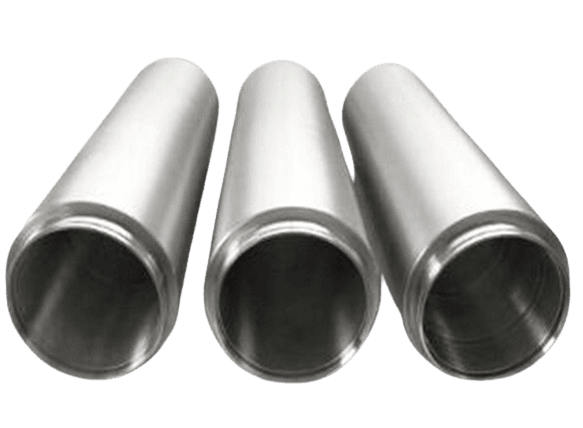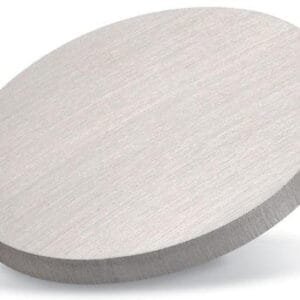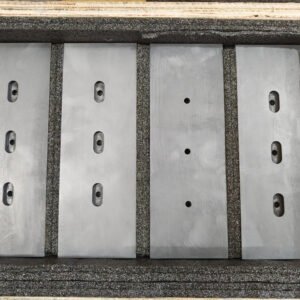Rotatory Zirconium (Zr) Sputtering Target Specification
 The Rotatory Zirconium Sputtering Target is a series of processed products made from high-purity zirconium material, designed to have specific sizes and shapes. These targets are primarily used for vacuum coating applications.
The Rotatory Zirconium Sputtering Target is a series of processed products made from high-purity zirconium material, designed to have specific sizes and shapes. These targets are primarily used for vacuum coating applications.
Zirconium is a chemical element with the symbol “Zr” and an atomic number of 40. The name “zirconium” originates from the Persian word ‘zargun,’ meaning gold-colored. It was first mentioned in 1789 and observed by Martin Heinrich Klaproth. The isolation of zirconium was later accomplished and announced by Jöns Jakob Berzelius. Zirconium is located in Period 5 and Group 4 of the periodic table, belonging to the d-block elements. Its relative atomic mass is approximately 91.224 Daltons, with the number in parentheses indicating a margin of uncertainty.
Related Product: Zirconium Sputtering Target
Rotatory Zirconium (Zr) Sputtering Target Specification
| OD | ID | L | |
| Dimension | 5.5”-7” | 5”-5.5” | <138” |
| Material Type | Zirconium |
| Symbol | Zr |
| Melting Point | 1,852 °C |
| Color/Appearance | Silvery White, Metallic |
| Theoretical Density | 6.49 g/cc |
Rotatory Target VS. Planar Target
Compared to planar targets, rotary targets contain more material and offer greater utilization, resulting in longer production runs and reduced system downtime, which increases the throughput of the coating equipment. Additionally, rotary sputter targets allow for the use of higher power densities because the heat build-up is spread evenly over the surface area of the target. This leads to increased deposition speeds and improved performance during reactive sputtering.
Packaging
Our Rotatory Zirconium Sputtering Targets are carefully handled to prevent damage during storage and transportation, ensuring the quality of our products is preserved in their original condition.





Reviews
There are no reviews yet.